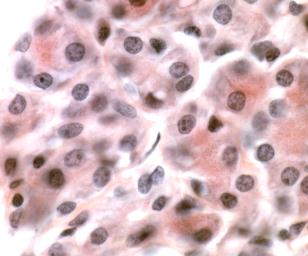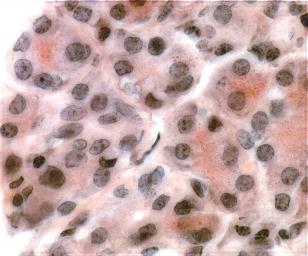| Very often when taking images (especially
when imaging thicker samples) only some portions of the field of view are
in focus for any particular focal plane, the rest of the image is out of
focus. Previously, researchers had to select which portion of the
image would be in focus and suffer from the rest of the image being out
of focus.
Now researchers are able to obtain
a single image where the entire field of view is in focus at one time allowing
for visualization and publication that more clearly represents the actual
sample!
An additional benefit is that once
the series of focal planes is acquired, a 3 dimensional model can be created
allowing you to see your sample through any rotational angle desired, enabling
you to see your sample as never before (see the sample images above for
examples). |





